7 GPTs for Room Visualization Powered by AI for Free of 2025
AI GPTs for Room Visualization are advanced generative pre-trained transformer models specifically tailored to assist in the design, planning, and visualization of interior spaces. By leveraging the power of GPTs, these tools offer intelligent, interactive, and highly customizable solutions for generating realistic 3D room layouts, suggesting design elements, and simulating various lighting or decor scenarios. Their role extends beyond mere visual representation, integrating complex algorithms to understand and predict user preferences, thereby enhancing the decision-making process in room design.
Top 7 GPTs for Room Visualization are: Design Muse,设计师的小红书助理,Insper.ai,HomeDesignPro,'!interior design',Interior Designer,居美家
Design Muse
Revolutionizing Room Design with AI Creativity
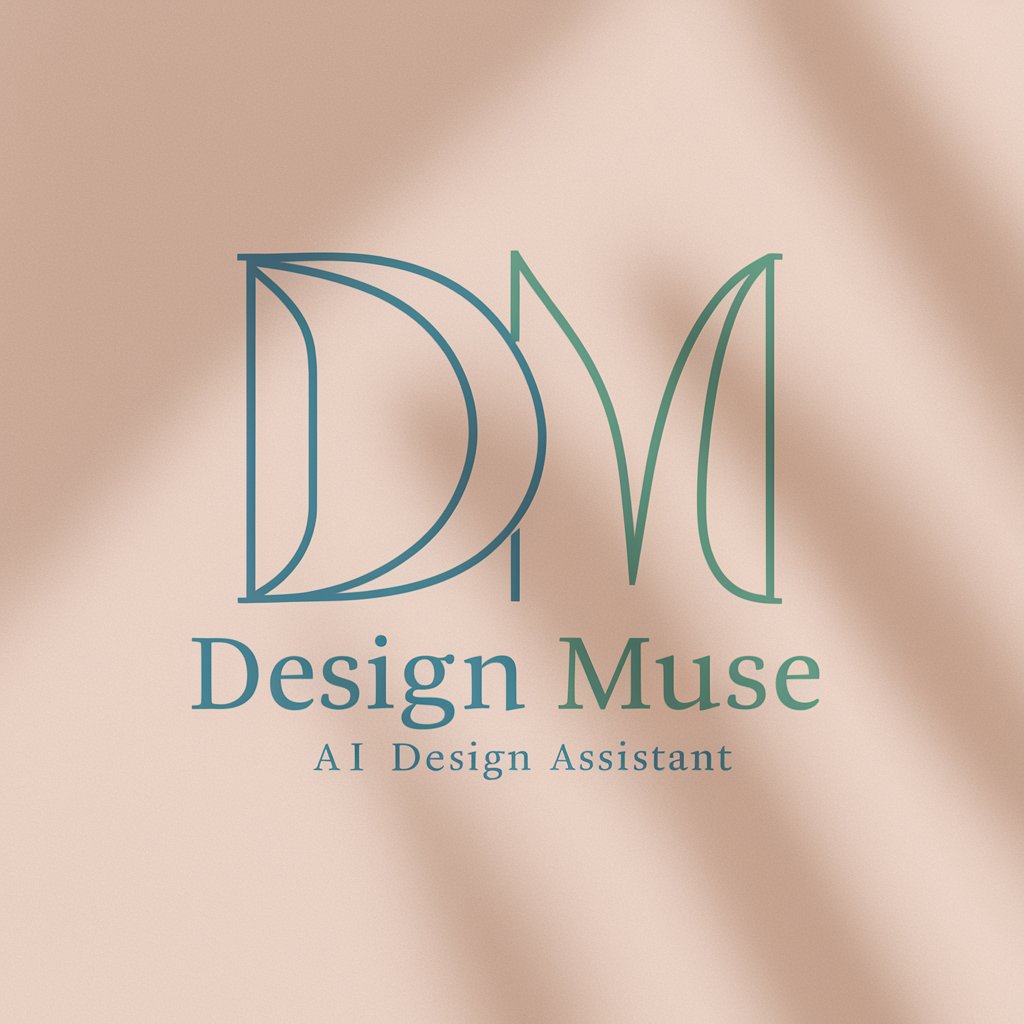
设计师的小红书助理
Designing Made Easy with AI-Powered Insights

Insper.ai
Revolutionizing Home Decor with AI
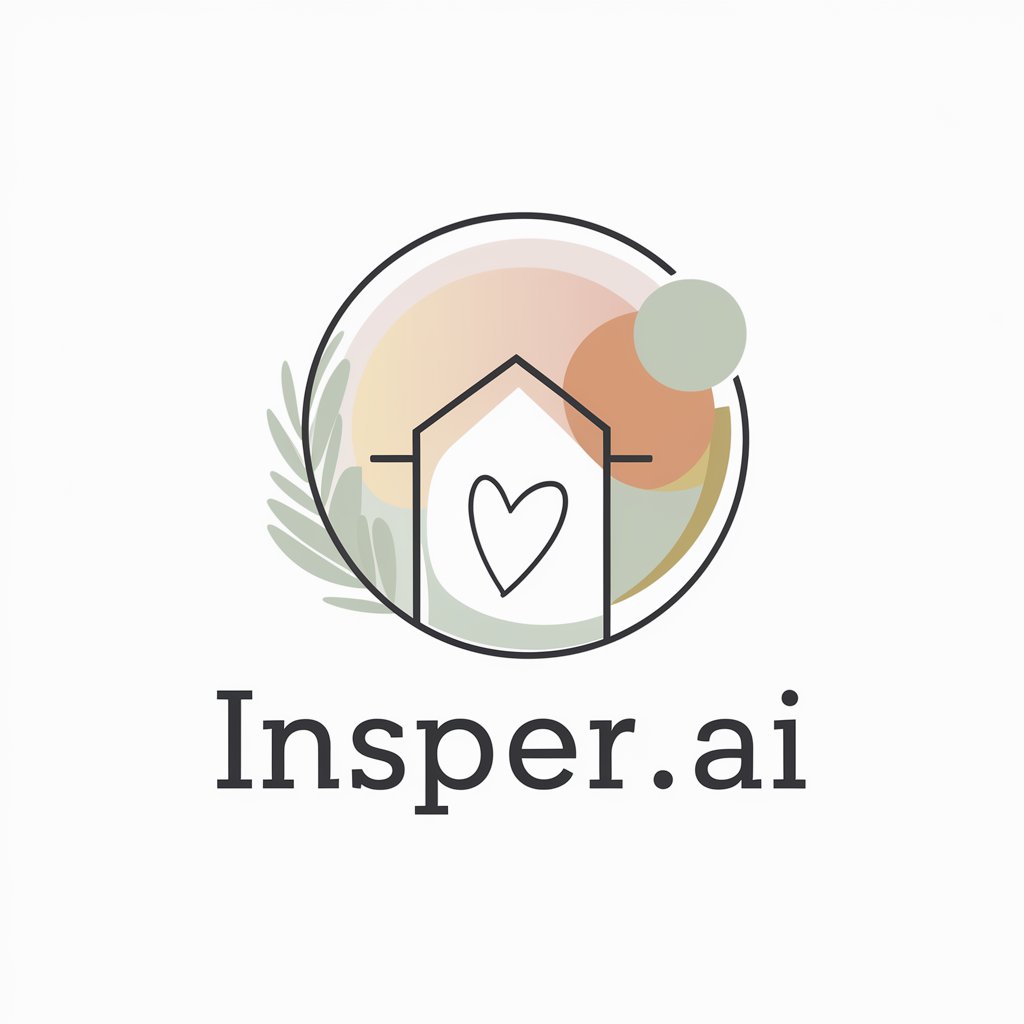
HomeDesignPro
Design your dream space with AI.
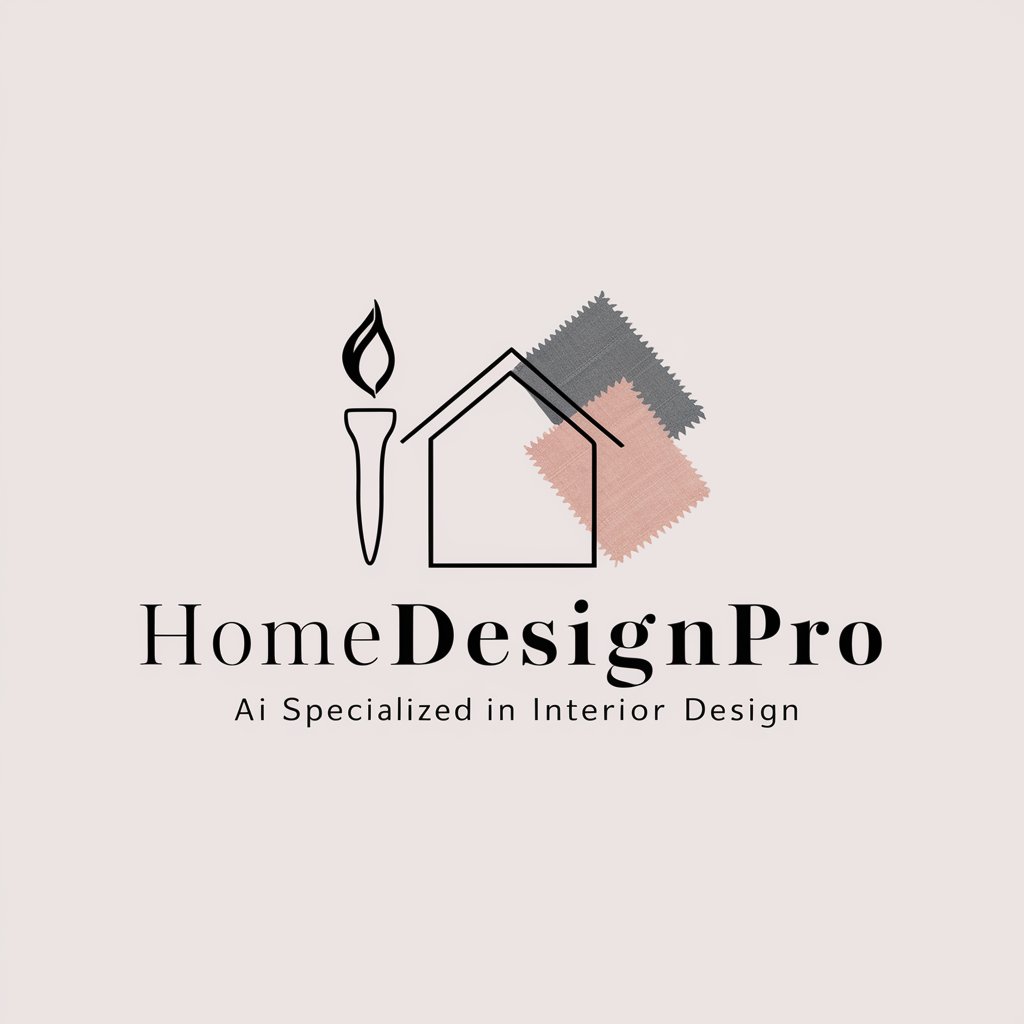
'!interior design'
Transform Spaces with AI Creativity
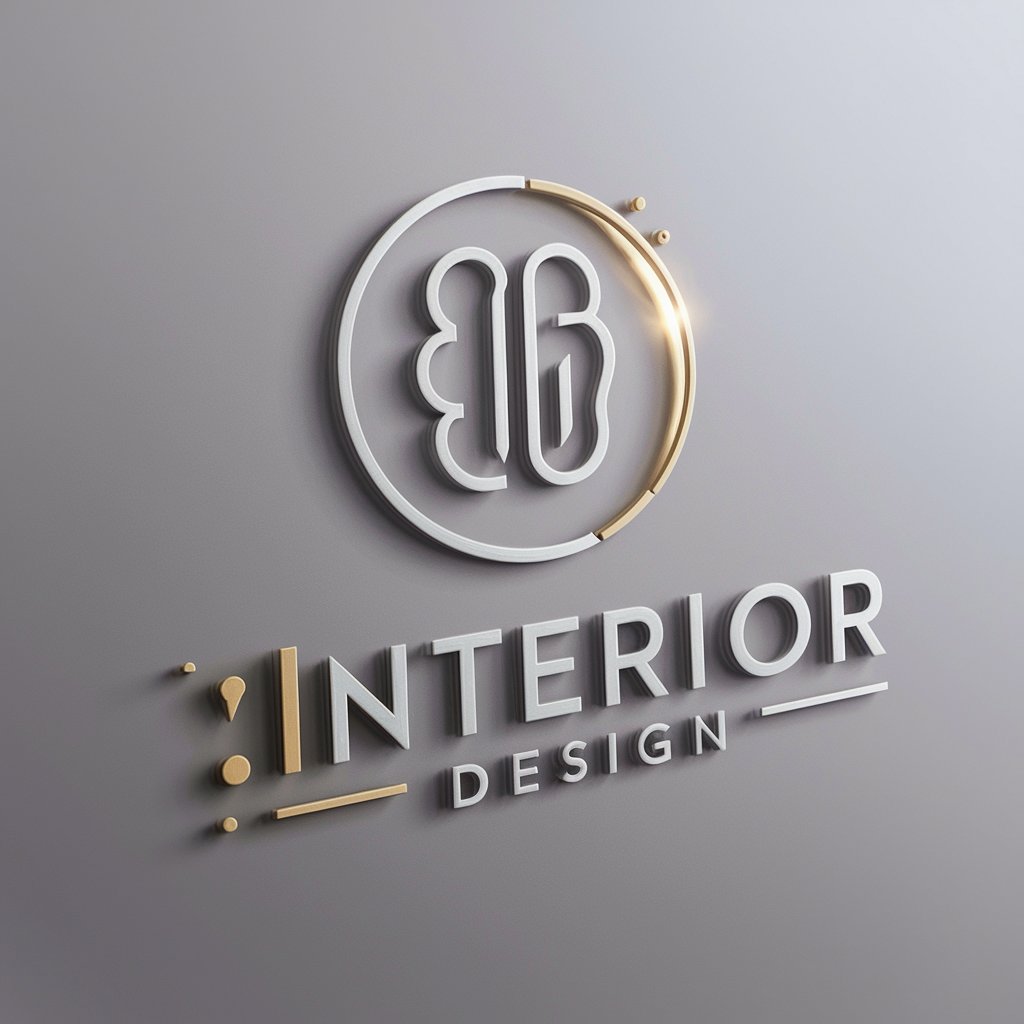
Interior Designer
Transforming spaces with AI creativity.
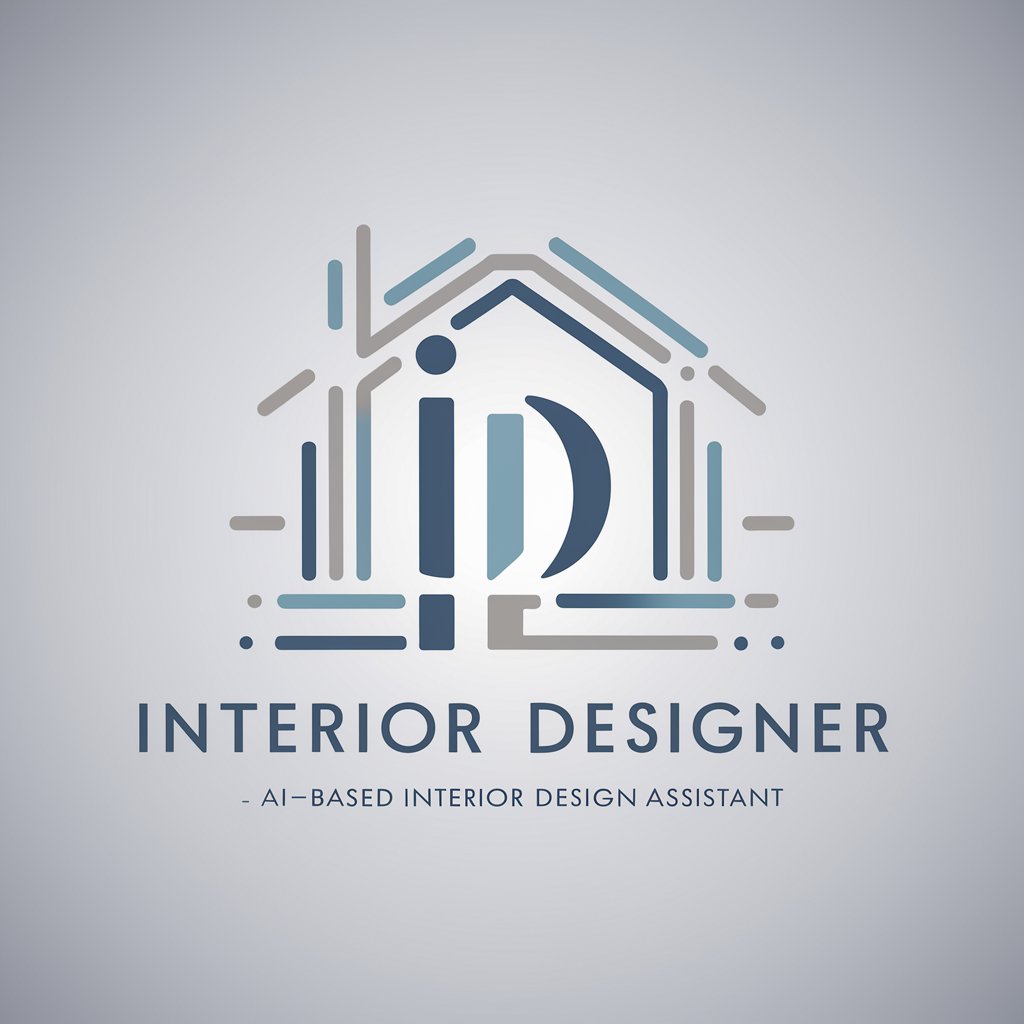
居美家
Envision Your Space, Powered by AI
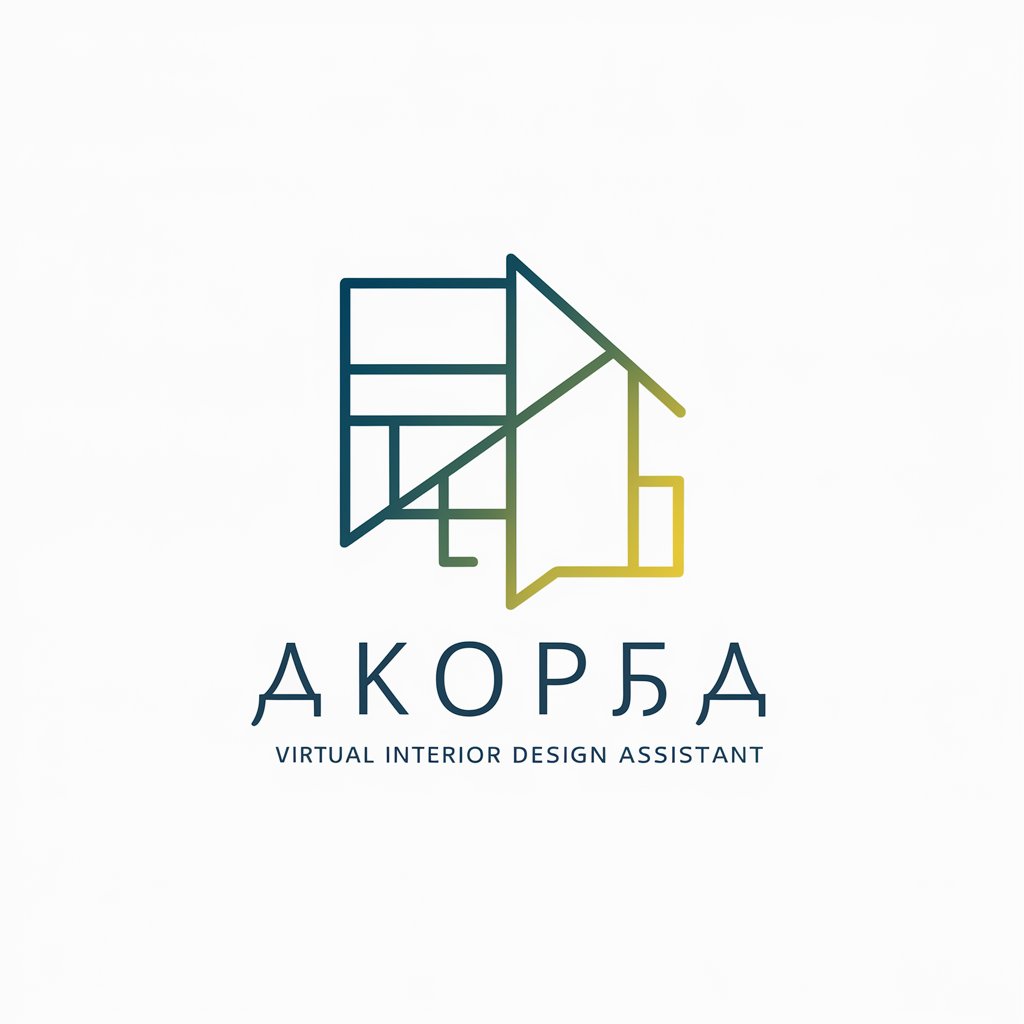
Distinctive Attributes and Functions
The core features of AI GPTs for Room Visualization encompass a wide range of capabilities. These include natural language processing for understanding and generating human-like responses to design queries, adaptive learning to refine recommendations based on user feedback, and image generation for creating detailed 3D visualizations of interior spaces. Special features may also consist of technical support for integrating with existing architectural software, web searching for the latest design trends, and data analysis to optimize room layouts and furniture arrangements. Their adaptability ranges from offering simple suggestions to executing complex design simulations.
Who Benefits from Room Visualization GPTs?
The primary beneficiaries of AI GPTs for Room Visualization include interior design novices seeking inspiration and guidance, professional designers looking for advanced tools to refine their concepts, and developers interested in integrating cutting-edge AI into their design platforms. These tools are accessible to users without any coding background, offering intuitive interfaces and real-time visual feedback. For those with programming skills, they provide APIs and customization options to tailor the AI's capabilities to specific project needs.
Try Our other AI GPTs tools for Free
Creative Programming
Discover how AI GPTs for Creative Programming can transform your coding tasks with adaptable, innovative solutions designed for creatives and developers alike.
Humorous Development
Discover AI GPTs for Humorous Development, advanced tools designed to create and understand humor, making them perfect for engaging content across languages and formats.
Satirical Scripting
Explore the world of Satirical Scripting with AI GPTs: innovative tools designed to craft engaging, humorous content with ease. Ideal for writers, comedians, and anyone passionate about satire.
Entertaining Code
Discover the fun side of coding with AI GPTs for Entertaining Code. Engage with interactive challenges, learn through gamified experiences, and explore programming in a whole new way.
Soundtrack Study
Discover the future of music analysis with AI GPTs for Soundtrack Study - your AI-powered assistant for in-depth soundtrack exploration, analysis, and trend prediction.
Compliance Management
Discover how AI GPTs for Compliance Management revolutionize regulatory adherence, offering tailored, AI-driven solutions to streamline compliance processes and mitigate risks.
Expanding Horizons with GPTs in Room Design
AI GPTs for Room Visualization are redefining the landscape of interior design by offering versatile, intelligent, and user-friendly solutions. Their ability to learn from interactions, predict user preferences, and integrate seamlessly with existing workflows makes them invaluable assets in both residential and commercial design projects. These tools not only simplify the design process but also open up new possibilities for creativity and innovation in the field.
Frequently Asked Questions
What are AI GPTs for Room Visualization?
AI GPTs for Room Visualization are intelligent systems designed to assist in creating, planning, and visualizing interior designs using natural language processing and image generation technologies.
Who can use these AI GPT tools?
They are suited for individuals at all skill levels, from novices to professionals in interior design, as well as developers seeking to incorporate AI into design tools.
Can these tools integrate with other design software?
Yes, many AI GPTs for Room Visualization offer technical support for integration with existing architectural and design software, enhancing their utility and flexibility.
Do I need coding skills to use these tools?
No, these tools are designed to be user-friendly and accessible without requiring programming knowledge, though they also provide APIs for those who wish to customize the AI.
How do these AI tools understand design preferences?
They utilize natural language processing and machine learning algorithms to analyze user inputs, feedback, and preferences to generate tailored design suggestions.
What makes these AI tools unique in room visualization?
Their ability to generate realistic 3D visualizations, adapt to user feedback, and offer design suggestions based on the latest trends sets them apart from traditional design software.
Can AI GPTs suggest the latest design trends?
Yes, through web searching and data analysis capabilities, these AI tools can stay updated on the latest trends and incorporate them into design recommendations.
Are there customization options for developers?
Yes, developers can access APIs and other tools to customize the AI's functionality, integrate it into existing platforms, or develop new applications.